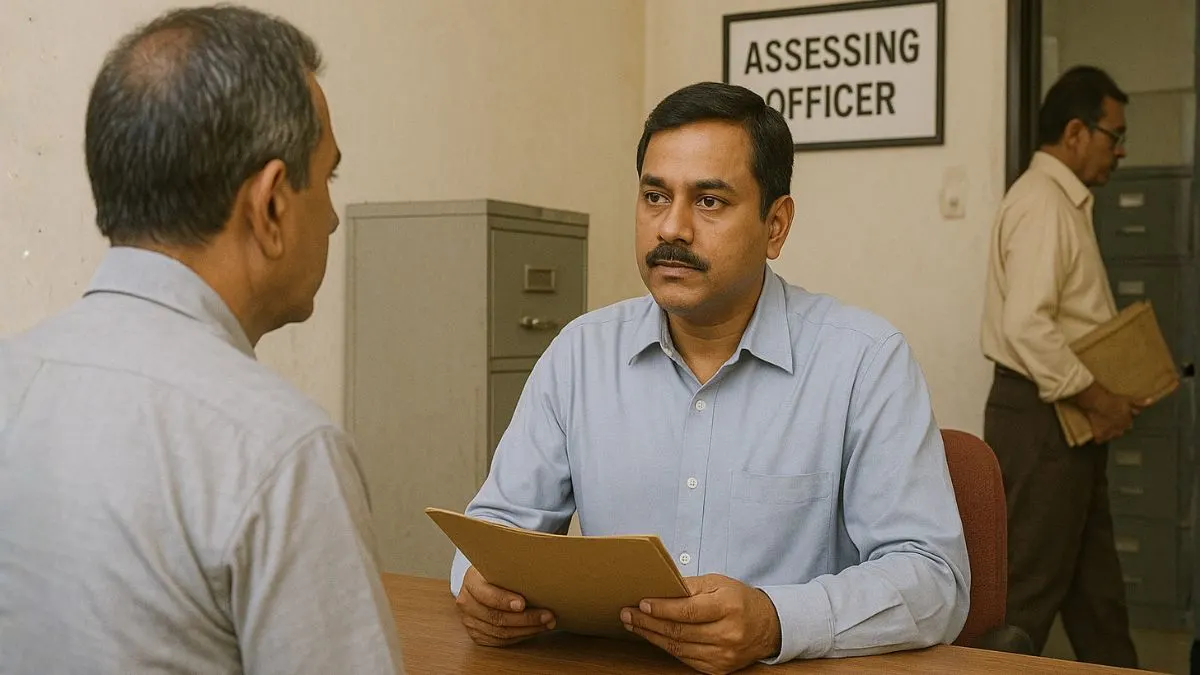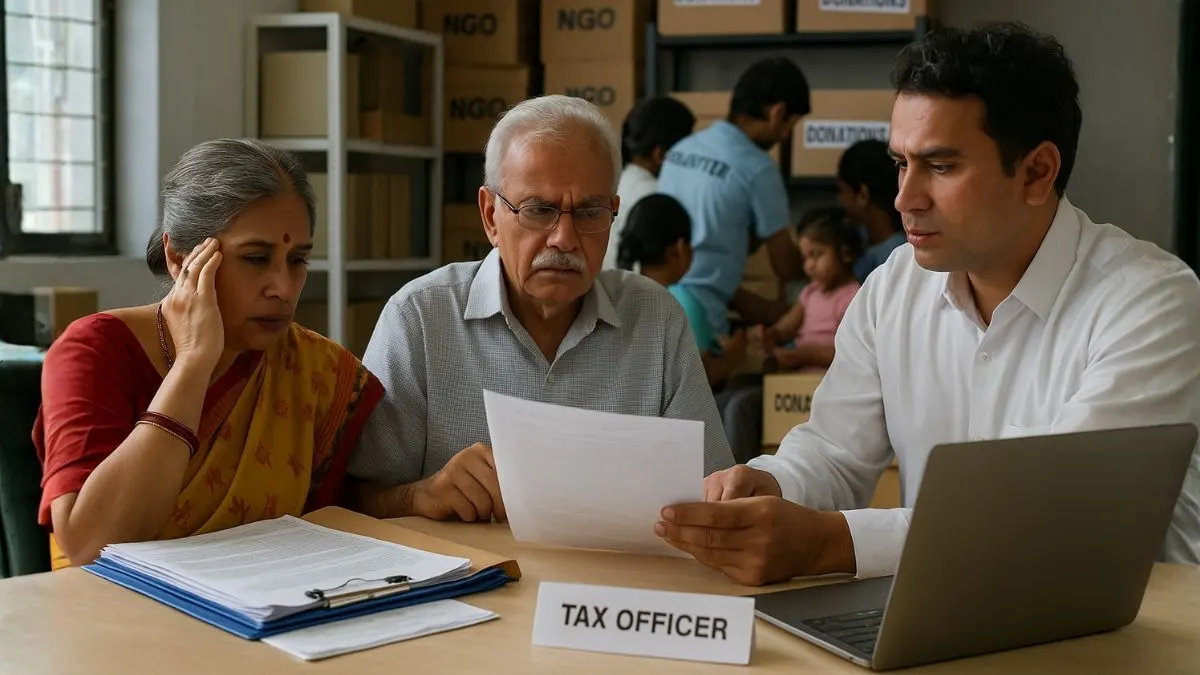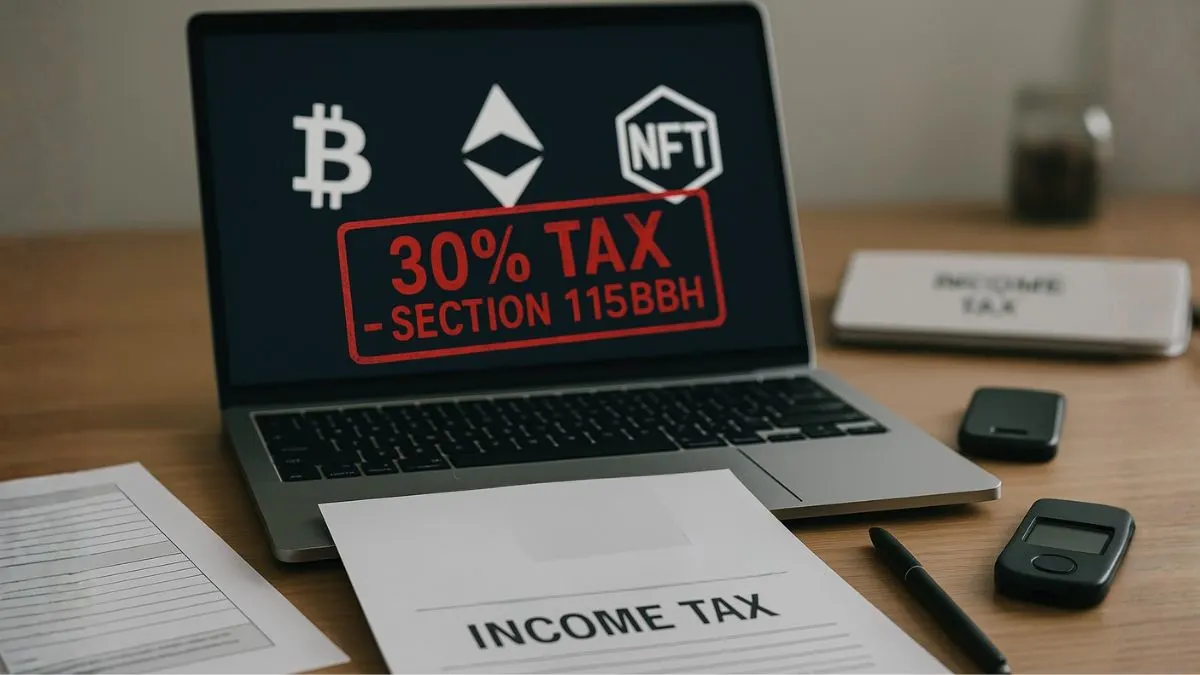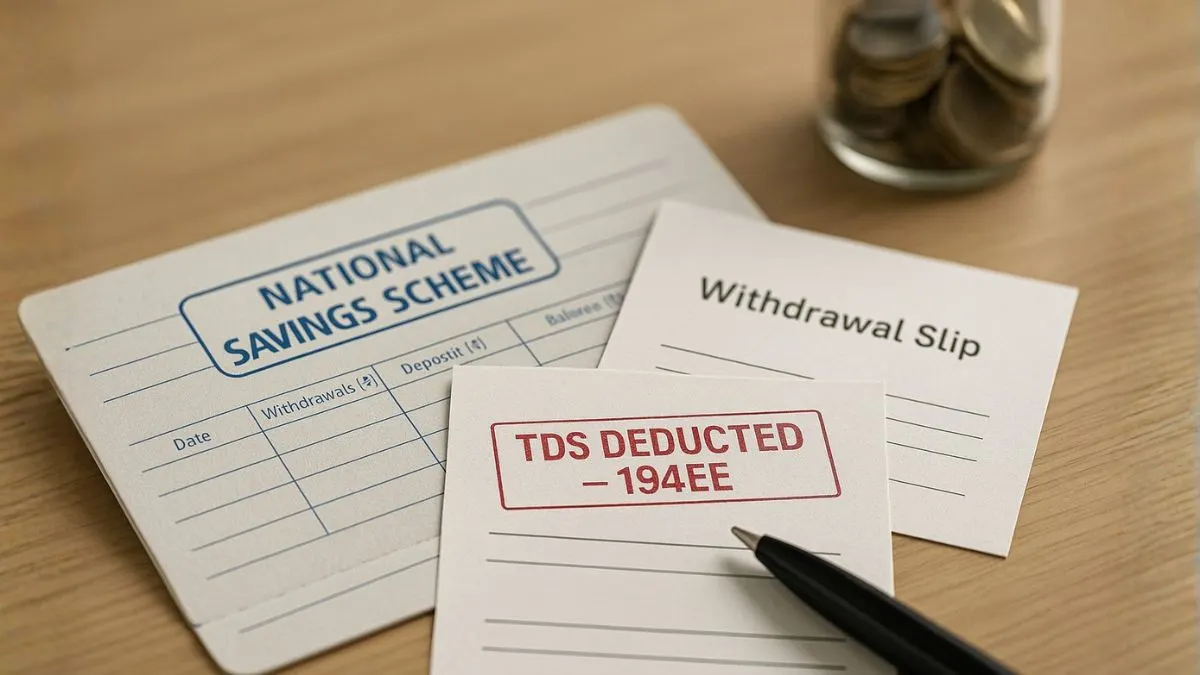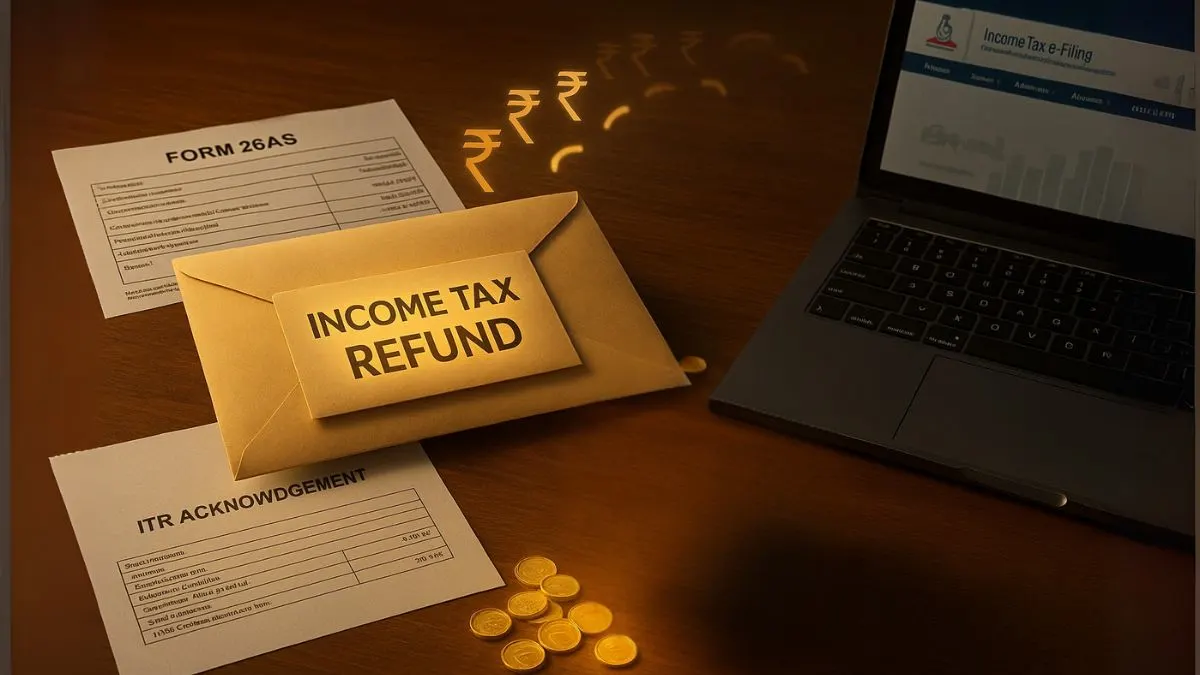
An income tax refund is an amount of money that is given back to you when you have paid more tax than you actually owe. This situation commonly arises due to excess advance tax, self-assessment tax, or higher TDS deducted by employers, banks, or other institutions. Once the Income Tax Department reviews your return, the excess tax paid is refunded to your registered bank account.
For example, if your total tax liability for FY25 is ₹1,20,000 but your employer deducted TDS of ₹1,40,000, then after filing your ITR, the department will process a refund of ₹20,000.
How is Income Tax Refund Processed?
Refund processing by the tax department starts only after the return is e-verified by the taxpayer. If you fail to e-verify your return, the refund will not be initiated. E-verification can be done through Aadhaar OTP, Net Banking, or by sending a signed ITR-V to CPC, Bengaluru.
Once the ITR is verified, the Centralized Processing Centre (CPC) at Bengaluru examines the details. If the refund is approved, it is transferred directly to the bank account linked with your PAN."
When Can You Check Refund Status?
Taxpayers can view status of refund 10 days after their refund has been processed. The status can be checked on the Income Tax Department’s official portal or through NSDL (now Protean). By entering your PAN & assessment year, you can know whether your refund is approved, credited, or under process.
Income Tax Refund Above ₹50,000
If your income tax refund is above ₹50,000, the CPC may send your case for additional scrutiny. This is to ensure that large refunds are not issued due to calculation errors or fraudulent claims. You may be asked to submit supporting documents such as Form 16, investment proofs, or salary slips. While this can delay the refund, once verified, the money will be credited with interest (if applicable).
Also Read: Still Waiting for Your Tax Refund? These 5 Hidden Reasons Could Be the Culprit in FY 2024–25
Common Reasons for Refund Delays
Sometimes taxpayers complain that their refund has not been received for weeks or even months. Here are the common causes:
- Bank account not pre-validated on the income tax portal
- ITR not e-verified within 30 days
- Mismatch in TDS or advance tax details in Form 26AS
- Income tax department picking the return for additional verification
- Refund above ₹50,000 requiring manual check
In such cases, taxpayers can raise a grievance on the e-filing portal or contact the income tax refund customer care team.
How to Track Refund Using Aadhaar?
The government now allows taxpayers to check their refund status using Aadhaar if it is linked with their PAN. After logging into the income tax portal, you can select the refund tracking option & verify with Aadhaar OTP. This makes the process faster and eliminates dependency on login IDs & passwords.
Refund Through Direct Bank Transfer
Refunds are now issued only via direct credit to your bank account. Earlier, taxpayers could receive paper cheques, but this system has been discontinued. It is important to ensure your bank account is pre-validated and linked with PAN. Otherwise, even if the refund is sanctioned, it will not be credited."
Also Read: The Tax Refund Trap That Could Cost You 200% More Than You Claimed
Interest on Delayed Refunds
If the tax department delays the refund, you are entitled to receive interest under Section 244A of the Income Tax Act. Generally, 0.5% per month interest is paid on the refund amount if the delay is beyond 3 months from the date of ITR filing. However, no interest is paid if the refund amount is less than 10% of the total tax liability.
Practical Example
Imagine a salaried employee whose company deducted TDS of ₹80,000 during FY25. When filing ITR, after claiming HRA, Section 80C, and 80D deductions, the actual tax liability comes to only ₹60,000. In this case, the extra ₹20,000 is refunded to the employee. This is why accurate filing & claiming of deductions is important.
Key Points to Remember About Income Tax Refunds
- Refund processing begins only after e-verification.
- Refund status can be checked after 10 days of processing.
- Refunds above ₹50,000 may require additional verification."
- Always pre-validate your bank account on the portal.
- Interest is paid if refund is delayed.
- Refunds are credited only electronically.
Also Read: Adjustment of Tax Refunds Against Outstanding Tax Demands
Final Thoughts
An income tax refund is simply your own money being returned to you. It ensures fairness in the tax system by adjusting excess payments. While most refunds are processed smoothly, delays can occur due to verification, mismatches, or large refund amounts. Always file your return correctly, e-verify it quickly, & keep your bank details updated.
👉 Want to make sure your refund is never delayed? Get expert filing support at Callmyca.com and experience hassle-free ITR filing with guaranteed compliance.




